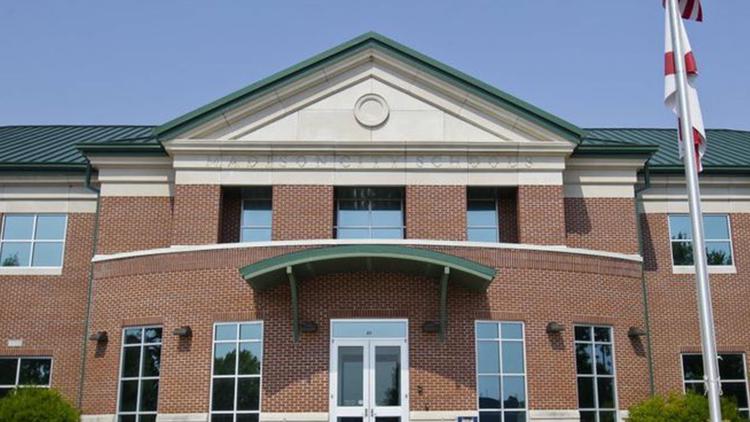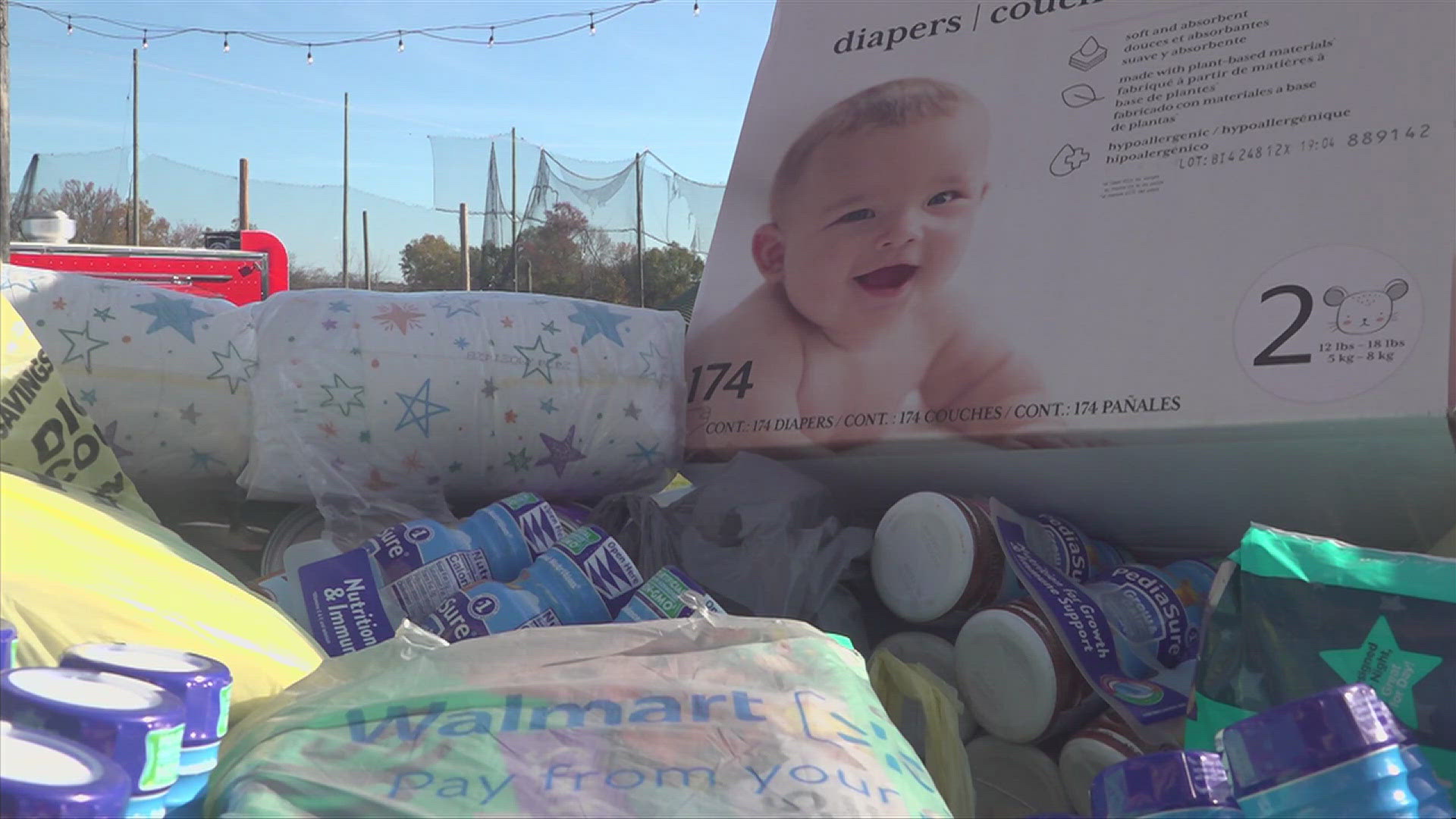MADISON, Ala. — As artificial intelligence (AI) educational solutions continue to mature, the hope is that the developing technology can help fill needs gaps in learning and teaching.
"I actually used a little ChatGPT to create a welcome back letter for my teachers," Dr. Ed Nichols, Superintendent for Madison City Schools said. "I gave it 95% credit, 5% to me, making it my own, but I wanted them to see that this integration is not going away and that we need to be on the front end of helping our students understand how to use it and when to use it."
School districts like Madison City Schools are now adopting AI rules in order to be in better control. "I think we may be one of the first school districts in the state to pass on a policy to give some guidance on how it can be used in the district," Nichols said. "Our group of instructional leaders are setting up training sessions for our teachers to talk about that."
Madison City Schools' Artificial Intelligence Acceptable use policy states:
Madison City Schools acknowledges that technology is ever-changing and has a tremendous impact on our global society, local community, and classrooms. Artificial intelligence (AI), including generative forms of AI, is becoming more a part of our everyday lives.
It is our responsibility to educate and train students to utilize AI in an ethical and educational way. Therefore, Madison City Schools is not banning the student or teacher use of AI, but each student will need to be aware of the limitations and guidelines of its usage:
● Madison City Schools student email accounts and chromebook access to specific open AI software, such as ChatGPT, are blocked due to data and security concerns. Any misuse of AI tools and applications, such as hacking or altering data, is strictly prohibited.
○ Teachers may allow the use of AI for curriculum purposes. Access to specific websites will be granted on an as needed basis, adhering to specific data and privacy guidelines regarding age restrictions and usage.
○ College Board and Dual Enrollment college and university classes may have additional restrictions and limitations regarding the use of Artificial Intelligence.
● Students who use AI software with a personal device and/or personal credentials should do so at their own risk - acknowledging that each platform is collecting various forms of data.
● Students must acknowledge the use of AI in any capacity related to their schoolwork: text, image, multimedia, etc.
○ The use of AI could be subject to the Academic Dishonesty Policy.
● Students should acknowledge that AI is not always factually accurate, nor seen as a credible source, and should be able to provide evidence to support its claims. All users must also be aware of the potential for bias and discrimination in AI tools and applications.
Some experts are on the fence about the integration. "Although it's complicated, it's a big issue nowadays," Thomas Gilray, professor of Computer Sciences at UAB said. "How do you deal with students who are now using this in the classroom? Is that good because they're sort of learning a tool that they will be using in the future? Or is that bad because it's kind of cheating or hurting themselves?"
They also see an upside.
"If it initiates their creativity in the classroom, that's something that's going to be, you know, that's the right model for their future anyway, right," Gilray added. "I mean, that that's what they're going to be doing in five or ten years so why forbid that in the classroom? I would only say that I also think there's a way in which when somebody is first learning something too much of a crutch and it can hurt you, right? sometimes you need to be the one to learn how to do it yourself fully. for example, students who haven't mastered their communication skills may be taking essays from ChatGPT and then just modifying them a little bit. I really think that's too much of a crutch. you're not really learning to communicate yourself. "
Madison City Schools is taking it one step at a time. "It will not replace the work that they have to do, but it could be another tool to use in that way," Nichols shares. "So, I think the first step was doing a policy and then our team working with our teachers."



